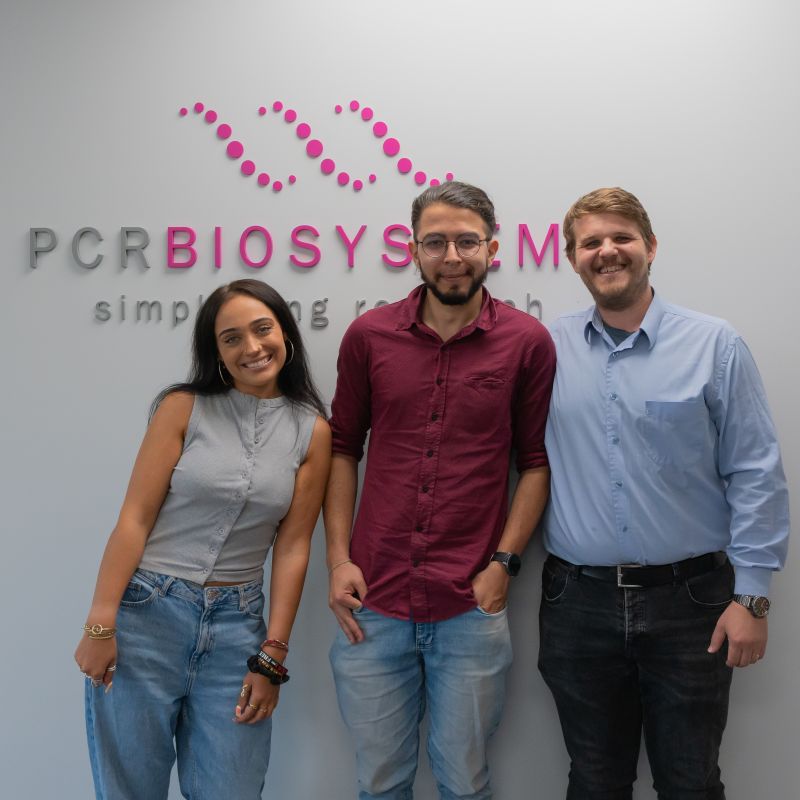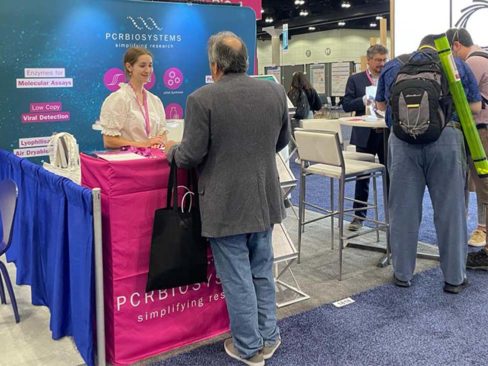Benefits of IsoFast® – Interview with our PCRBIO Grant winner Carlos
We had the chance to interview our grant winner, Carlos Abelardo dos Santos, from the University of Warwick during his visit to PCR Biosystems HQ. Our Q&A with him focused on the benefits of using IsoFast® Hot Start Bst Polymerase and related products in his project to develop field-based testing kits for Influenza D detection in cattle. Here’s what he had to say:
- Q: Can you tell us a bit about your work and what you’re using IsoFast® Hot Start Bst Polymerase for?
A: I’m developing a LAMP assay for the detection of Influenza D. Influenza D is a recently described Influenza virus that affects a variety of farm and wild animals, and due to the potential of Influenza viruses to break the species barrier, we believe monitoring this disease is important for animal and human health.
- Q: What challenges were you facing before you started using IsoFast®?
A: The primers I have developed work well with kits from other companies, however, we found that IsoFast® consistently shows the best sensitivity for a variety of primer sets, which lowers the rate of false negatives we experience when trying to detect low-input samples.
- Q: What made IsoFast® stand out to you compared to other Bst polymerases you’ve tried?
A: Reactions with IsoFast® are very reproducible, and the regular version of the enzyme works across a broad range of temperatures. That allowed us to fine-tune our reactions to our specific needs.
- Q: How has IsoFast® impacted your workflow or results?
A: Even though the ready-made mixes do not allow for much customisation of the reaction composition, having to pipette fewer reagents makes the setup much quicker.
- Q: Do you have a favourite thing about using IsoFast®?
A: It has to be how active the enzyme is at other temperatures. We could explore IsoFast to uses beyond regular LAMP reactions due to how processive it is.
- Q: Would you recommend IsoFast® to other scientists? If so, why?
A: Yes, definitely. IsoFast® is also very specific. It is in fact so specific that I have recommended it to collaborators abroad who work with SNP detection, in hopes that it can help them with their LAMP reactions.




